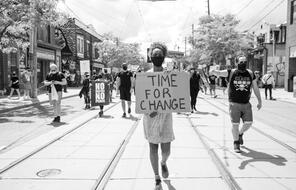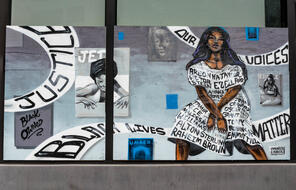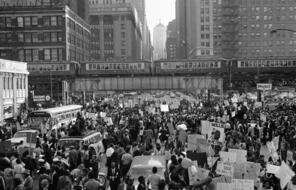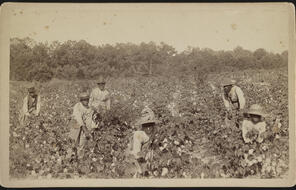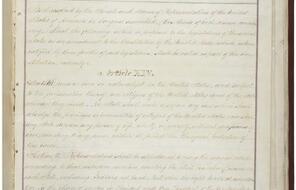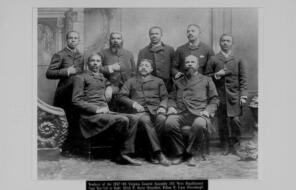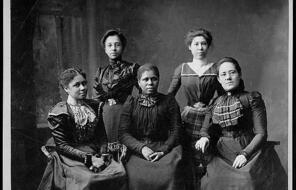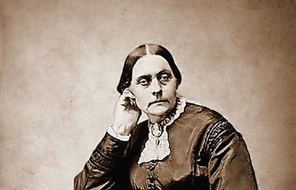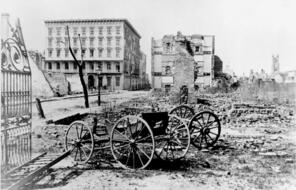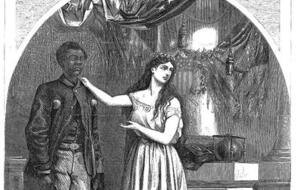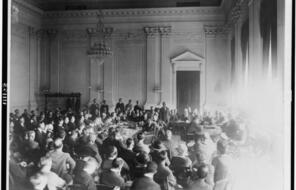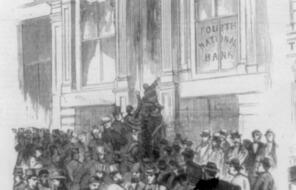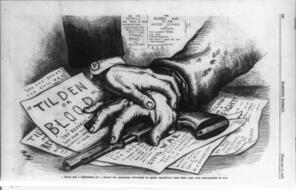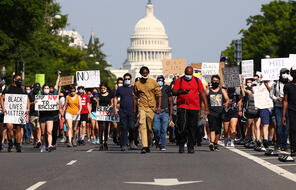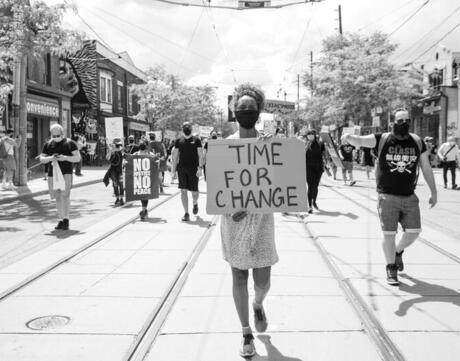
Mini-Lesson
Current Event
Creating a Society That Ensures Safety for All
This mini-lesson invites students to synthesize their learning about the causes of racial injustice in policing and reflect on the implications these causes have on the individual and collective choices we make today.
Subject
- History
- Social Studies
Grade
6–12Language
English — USPublished
Updated
Overview
About this Mini-Lesson
This mini-unit explores the historic roots and ongoing impact of racial injustice in American policing. This final mini-lesson invites students to synthesize their learning about the causes of racial injustice in policing and reflect on the implications these causes have on the individual and collective choices we make today. Students have the opportunity to explore a variety of policy proposals to reform or transform policing and to consider what it might take to create a society that ensures safety for all.
Activities
Activities
Materials and Downloads
Quick Downloads
This is the Facing History resource that we recommend using with students throughout the activities in this mini-lesson.
Resources from Other Organizations
These are the resources from external sources that we recommend using with students throughout the activities in this mini-lesson.
Three Ways to Fix Toxic Policing
Scientific American
What Is the George Floyd Justice in Policing Act?
Legal Examiner
Additional Resources

Inspiration, insights, & ways to get involved
Subscribe to our email updates

